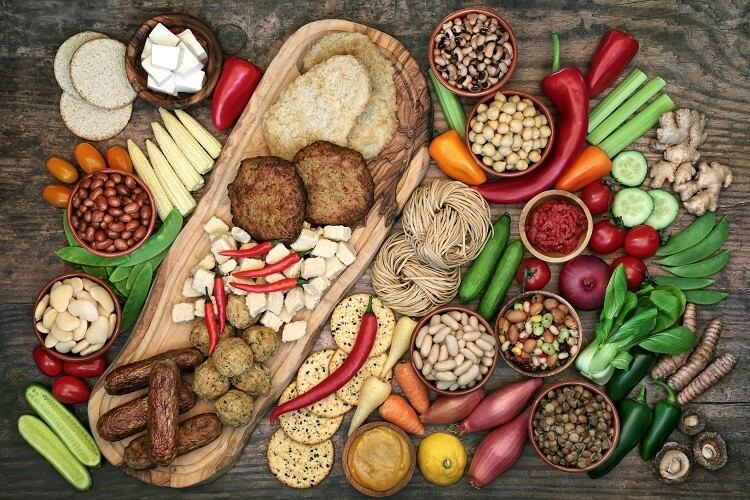Leaft Foods’ technology focuses on the extraction of protein from green leaves, specifically the plant protein RuBisCo (Ribulose-1,5-bisphosphate carboxylase-oxygenase) which plays a key role in photosynthesis.
“RuBisCo is found in about all green leaf material, in any plant that has the photosynthesis process - which is a really wide range - and it is the most plentiful protein worldwide,” Leaft Foods General Managing Ross Milne told FoodNavigator-Asia.
“Extracting RuBisCo can be challenging as it is found within the plant cells protected by a cell wall, so we have to essentially do what a ruminant does and break through to get to the protein, but ensure the protein functionality is preserved as well as that the technology is both suitable for food and scalable.
“Our research is currently focused on the lucerne (alfalfa) plant as we wanted a crop that grows well in New Zealand and ties in well with local farming systems – but the potential goes far beyond just one plant, and lucerne is definitely not the only crop that makes sense.”
Milne highlighted that this protein is very different from that obtained from common plant-based sources today such as soy, peas or rice, as all those comes from seeds but this is from leaves, bringing some benefits with it that happen to be very suitable for F&B product manufacturing.
“In terms of taste, many plant-based proteins are often disadvantaged by what is called a ‘beany’ taste which could affect final product taste, but RuBisCo does not have this negative taste profile – when isolated, it is odourless, tasteless and white in colour making it perfect for F&B applications,” he said.
“This could also potentially solve challenges faced by the beverage industry, where companies need a product soluble enough to avoid that ‘sandiness’ in their drinks – we have had some good results in terms of solubility tests so far with RuBisCo too.”
The protein also has other characteristics such as foaming which makes it a potential good substitute for egg white and has shaped part of the team’s commercial plans for RuBisCo.
“We’ve managed to successfully make a pavlova using an equal volume of RuBisCo to replace egg white, which is unique in its ability to foam, and we saw that the functionality was pretty much similar,” he said.
“When we started out, a lot of our focus was on the farm system and R&D for the technology along with this as an ingredient, but as we worked more on it we’ve seen a lot more opportunity in direct-to-consumer applications such as bakery goods e.g. pavlovas. There are a wide range of applications and segments where our products and technology could fit, and it’s all about what consumers want to see and eat.
“Leaft Foods recently obtained NZ$8mn (US$5.8mn) in funding from the New Zealand Ministry for Primary Industries (MPI) and our plans for this are to accelerate R&D to reach pilot scale and move to the commercialisation stage as quickly as possible – we could potentially be the first worldwide to provide leaf proteins to consumers.”
In terms of costs, Milne added that at the end of the day, RuBisCo is both very plentiful and easily accessible, so he expects the commercial product to be cost competitive.
“There is a very wide range in plant proteins now from soy to newer options like those from recombinant expression, so I would expect Leaft Foods’ product costs to be mid-range at the beginning - but as we scale up, cost efficiencies would of course increase alongside this,” he said.
Environmental impacts
According to Milne, how Leaft Foods’ technology works by using the plant as efficiently as possible.
“Other plant proteins come from the seed or grain, and the plant must complete a full life cycle for this to be harvested for human nutrition. In animal grazing systems, usually crops are eaten by animals at the leafy stage of the plant growth cycle. In general, when animals consume crops at the leafy stage of crop growth, it contains a lot of excessive protein which is not digested and converted to emissions like greenhouse gases and nitrogen,” he said.
“What we’re doing is taking out part of the protein from the leaves early on in the plant’s growth process. The leftover plant matter can be fed to animals, meaning they will not be eating too much excess protein and converting this to emissions – this means we will be able to have positive impacts on both the environment as well as securing plant protein for global human consumption.”





